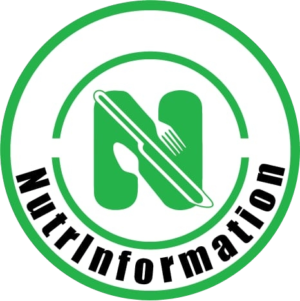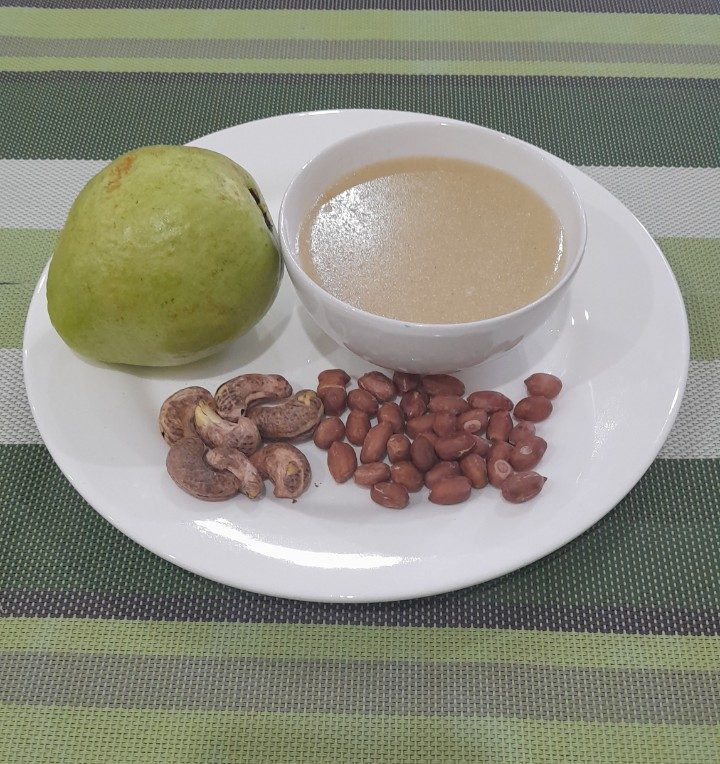Why Porridge (uji) is both nutritious & comforting
As a child, I always liked it when mama made uji (Swahili name for porridge) for us. The hot bowl of sour millet porridge was a both nutritious & comforting in the chilly Eldoret weather. Therefore, it’s not a surprise that porridge still remains one of my comfort foods even in adulthood.
Savoury porridge
My mother loved to mix different cereals to make different flavours of porridge. I also observed that my neighbours would also add some soy beans, ground nuts or even dried omena (anchovies). This was to make the porridge more nutritious. According to the Kenyan food composition tables, there are at least 11 different porridges. This speaks to our rich cultural diversity and opportunity to enjoy as many different porridges as possible.
Living in Asia has also exposed me to rice porridge made with different meats. I must admit it took me long before I ever tried chao(Rice porridge in Vietnamese). But since tasting the savoury Chao ga (Rice porridge with chicken), I am convinced that the nutrition of your porridge is limited to your creativity. Maybe I will talk about the different porridge recipes from around the world in another blog post.
Nutrition from porridge
While porridge is not as filling as Ugali, becauseit is made from less flour and a lot of water . It still has its place as part as a nutritious and comforting food. If you need to take less calories, then porridge is a good alternative. It is also not filling, therefore leaving you feeling comfortable.
Kenyan porridge provides us with important nutrients like carbohydrates, calcium, magnesium, and zinc. Fermenting porridge flour breaks down antinutrients like phytates and tannins. Thefore improving the absorption of minerals.
Below is a comparison of different unfermented porridges and their nutritional value.
| Porridge | Kcal/100g | Carbohydrate (g/100g) | Calcium (mg/100g) | Magnesium(mg/100g) | Zinc(mg/100g) |
| Maize porridge + milk | 52 | 8.5 | 25 | 12 | 0.33 |
| Finger millet (Wimbi) porridge | 40 | 7.8 | 35 | 16 | 0.16 |
| Bulrush(Mawele) porridge | 83 | 15.7 | 9 | 17 | 0.77 |
| Cassava porridge | 28 | 6.8 | 12 | 4 | 0.05 |
| Maize & millet (Busara) | 40 | 7.3 | 60 | 20 | 0.02 |
| Maize, millet & sorghum | 41 | 6.3 | 33 | 14 | 0.27 |
| Cassava, millet & sorghum + milk | 46 | 10.2 | 18 | 10 | 0.12 |
| Rice porridge | 56 | 10.2 | 4 | 5 | 0.11 |
| Oatmeal porridge | 73.5 | 15.3 | 39 | 18 | 0.2 |
Comfort from porridge
Porridge also comes handy when;
You need an easy to digest dish:
Porridge is easy to digest as it has more water and few carbohydrates. It is kind to the stomach when recuperating, breaking a fast or when it just needs a break from the hard work of digestion.
You are suffering from constipation:
Porridge from whole cereal grains is a good source of both soluble and insoluble fibre. It therefore helps to push out and clear the system. Porridge also has a lot of water which works to soften the hard poop and make it easy to pass.
WOMEN TALK:
Porridge and Potbelly Myth or Fact?
Many women do not take porridge because of the myth that porridge gives one a pot belly. Porridge on its own does not cause potbelly. However, since porridge is not filling, it can make one feel hungry quickly and result in cravings. Being in a constant craving mode leads to overeating and weight gain as a result. Unfortunately for us women, extra weight and fat normally deposits in the belly, resulting in potbelly.
To avoid this, you can take your porridge as part of a balanced diet. For example, whenever I have porridge for breakfast, I take it with a handful of nuts and fruit. This way, I am both full and have my nutrient balance. Sometimes I would take plain porridge in the evenings as my dinner when my stomach needs a break and I don’t trust myself to go to bed hungry. So, do not miss this nutritious and comforting food just because of a myth!

